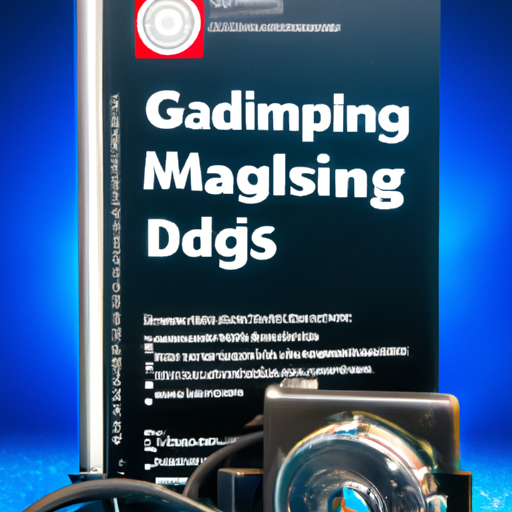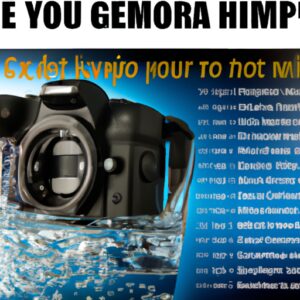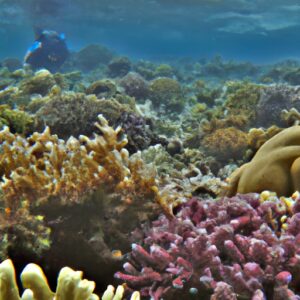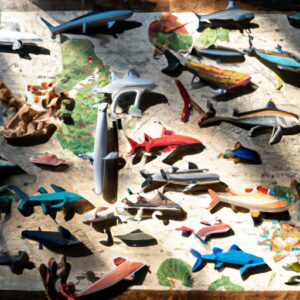
A Guide to Macro Underwater Photography
Are you tired of capturing the same old fishy pictures every time you go scuba diving or snorkelling? Want to take your underwater photography to the next level? Then it’s high time you start exploring the fascinating world of macro underwater photography!
What is Macro Underwater Photography?
Let’s break it down: “Macro” photography means taking pictures of small objects or organisms, but with exquisite detail, making tiny things become larger than life. “Underwater” photography is self-explanatory… but put the two together, and you’ve got a whole new world of creative imaging to explore. With macro underwater photography, you’ll be able to capture the intricate details, colors, and textures of the underwater world’s tiny inhabitants, including nudibranchs, shrimp, crabs, and all kinds of marine critters, in high definition.
Equipment
If you already have a DSLR setup, you’re in luck – there are plenty of professional underwater housings available to match your camera. But if you don’t feel like spending massive bucks, there are also more affordable options like compact cameras and even smartphones that can work pretty well for this type of photography.
Lighting
Good lighting is essential for macro underwater photography, as it brings out the vibrancy of the colors and the textures of the creatures you’re shooting at. Bring a set of strobes or video lights to help your subjects pop out of the background. Remember to avoid using the flash, as it can result in harsh light and ruin your shots.
Technique
Get close and personal with your subjects! You won’t be able to capture the details and textures unless you’re up close and personal. And remember, the ideal distance should be around 3-4 inches away from the creature. Don’t forget to wait until the subject is still and take the shot while holding your breath in a slow and controlled manner.
Where to look
One of the most challenging aspects of macro underwater photography is finding the critters in the first place. Keep an eye out for tiny organisms on coral, sponges, and other underwater structures. And if you have trouble spotting subjects on your own, don’t hesitate to ask the diving guides – they have an eagle’s eye for oversized sea slugs and other critters that are often overlooked.
Conclusion
Macro underwater photography can be challenging, but the results are well worth your effort. With some practice and patience, you’ll quickly uncover a new level of creativity, which you can proudly show off to your fellow divers. Just remember – it takes time to get that perfect shot, but the underwater world is much more fascinating at an amplified level!







